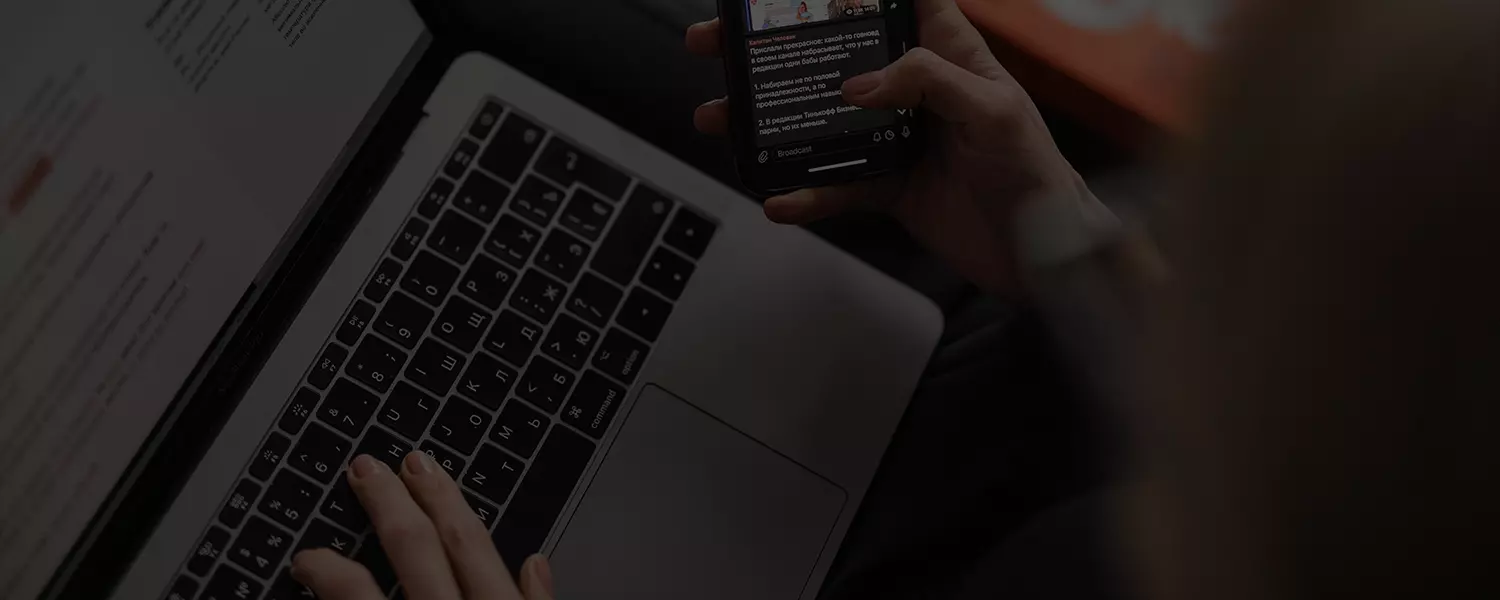
Side-Impact Crash: Understanding Legal Implications and Pursuing Compensation
1. Introduction
Understanding the legal implications of a side-impact crash is crucial for individuals who have experienced or may potentially face such an unfortunate event. Ascent Lawyers, trusted legal experts in Queensland, Australia, are here to assist you in navigating the complexities of side-impact crash cases. This blog aims to provide valuable insights into the legal aspects surrounding side-impact crashes and guide you on the path to seeking rightful compensation.

2. What is a Side-Impact Crash?
A side-impact crash, also known as a T-bone or broadside collision, occurs when one vehicle collides with the side of another vehicle at a perpendicular or oblique angle. These types of accidents often result from factors such as running a red light, failing to yield, or improper lane changes. Side-impact crashes can lead to severe injuries and significant damage due to the vulnerability of the sides of vehicles.
3. Determining Liability
Determining liability in a side-impact crash is crucial for pursuing compensation for damages. While liability may seem clear-cut in some cases, it requires a thorough investigation to establish fault. Factors considered when determining liability may include:
- Traffic laws: Assessing whether any driver involved violated traffic laws, such as running a red light or failing to yield the right of way.
- Eyewitness testimonies: Statements from witnesses who observed the accident can provide valuable insight.
- Police reports: Official reports filed by law enforcement officers at the scene can contribute to determining liability.
- Negligence: Assessing whether any driver involved failed to exercise reasonable care, such as speeding, distracted driving, or driving under the influence
4. Property Damage
Side-impact crashes often result in significant property damage to vehicles involved. After the accident, it is important to document the extent of the damage accurately. Take photographs, obtain repair estimates, and gather any relevant information related to the accident to support your property damage claim.
5. Common Injuries
Side-impact crashes can cause a range of injuries, varying in severity based on the force of impact and the protection provided by the vehicle. Some common injuries resulting from side-impact crashes include:
- Head and brain injuries: Traumatic brain injuries (TBI) or concussions due to the head striking objects within the vehicle.
- Spinal injuries: Damage to the spinal cord, resulting in back injuries, paralysis, or loss of motor function.
- Neck and whiplash injuries: Sudden jolts to the neck can lead to whiplash, causing neck pain, stiffness, and mobility issues.
- Chest and rib injuries: Fractures or contusions due to impact with the vehicle’s interior or objects inside the car.
- Internal injuries: Damage to internal organs, which may not be immediately apparent, requiring thorough medical evaluation.
It is crucial to seek immediate medical attention following a side-impact crash, even if injuries seem minor at first. Some injuries may have delayed symptoms, and early diagnosis and treatment can significantly improve outcomes and provide documentation necessary for pursuing compensation.
6. Compensation from CTP Claims
In Queensland, the Compulsory Third Party (CTP) insurance scheme provides coverage for personal injuries resulting from motor vehicle accidents, including rear-end collisions. While CTP claims do not cover property damage, they offer compensation for a range of other losses, including:
- Medical expenses: Coverage for necessary medical treatments, surgeries, medications, and rehabilitation.
- Loss of income: Compensation for lost wages or diminished earning capacity due to the accident.
- Rehabilitation and care costs: Coverage for ongoing therapies, support services, or nursing care.
- Pain and suffering: Compensation for physical and emotional pain endured as a result of the accident.
Navigating the CTP claims process can be complex, which is where the expertise of Ascent Lawyers becomes invaluable. Our experienced team can guide you through the intricacies, ensuring you receive the full compensation you are entitled to under the CTP scheme.
7. How Ascent Lawyers Can Help You
When facing the legal complexities of a rear-end car crash case, seeking professional assistance is crucial to protect your rights and pursue the compensation you deserve. Ascent Lawyers, with their extensive experience and track record of success, are dedicated to providing expert legal representation tailored to your specific needs. They will assess your case, gather evidence, negotiate with insurance companies, and, if necessary, represent you in court, ensuring your best interests are always prioritized.






